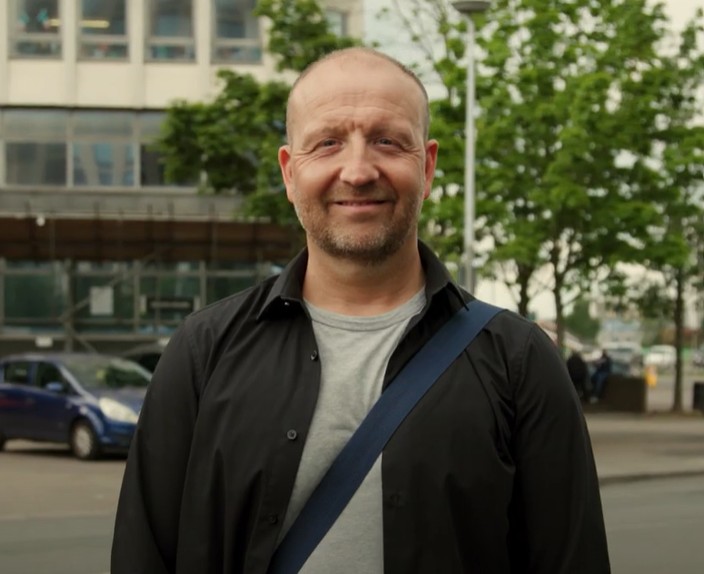Plan for change and reach out to others
The first piece of advice I would give to small charities is to plan for change. Don’t wait for it to happen. Losing a CEO, Director, or trustee can have a huge impact on small charities and it is somewhat inevitable that it will happen at some stage. Get a plan in place as early as possible and start planning for what you would do in these situations. This will ensure that your organisation has the necessary protocols in place, ensuring a smoother process.
Start to develop your network so that you have support when you need it. As a board of trustees, we sought advice from other charities who have gone through a huge change like this to see how they went about it, what worked well and any challenges they faced. The networking we had done with other charities meant that we already had these relationships in place and it has been extremely beneficial for us to be able to turn to our network for support during this time.
Involve the CEO in succession planning with sensitivity
With such a small team, succession planning can be very difficult. The biggest challenge we faced is the fact that our current CEO is the founder of the charity and has been at the heart of the charity for almost 30 years. It is extremely difficult to find someone with the same level of passion for the charity, and her in-depth knowledge of the organisation and the people it supports cannot be replicated.
It may or may not be appropriate for you to involve the current CEO in succession planning, but it is likely – as in our case – that they hold significant knowledge and expertise about the role which can be utilised throughout the process.
The first step was to speak to our current CEO about her intentions and what she would like to focus on when she steps down from the CEO role. We also discussed a succession planning strategy to ensure as smooth a transition as possible and looked at how we could utilise our current CEO’s passion, knowledge and experience moving forward.
We met regularly as a board of trustees to devise a job specification for a new CEO and included the current CEO in this process to help shape the role. However, on reflection, we realised that some aspects of this process are sensitive and difficult for the current CEO to be involved in, such as decisions around pay.
Our current CEO carries out a lot of service delivery, which is common in a small charity. However, as we look to grow as a charity, we have made adjustments to the new CEO role which will no longer involve delivery but more strategy and partnership-building aspects. This led to a salary being introduced to the role that was higher than what the current CEO is paid, which did lead to some disappointment and a feeling of not been valued by the current CEO. As Treasurer I took the lead in chatting to our CEO, explaining that the nature of the role is changing and thus the salary would reflect this. However, as a board we agreed that the gap between the two salaries wasn’t right, so we agreed a salary increase for the current CEO which she was delighted with.







